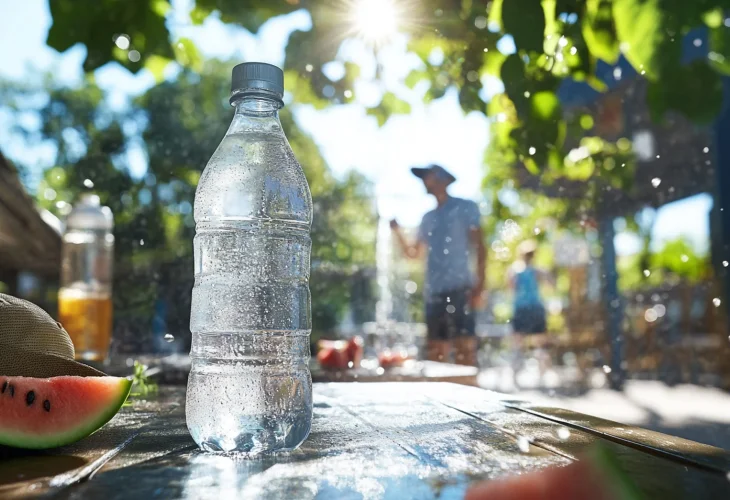Health and Nutrition
Heatstroke vs. Dehydration: How to Spot the Difference and Stay Safe in the Summer
Learn to identify the signs of dehydration and heatstroke, understand who’s at risk, and get practical tips to protect yourself during heatwaves and high temperatures.

As temperatures rise during the summer, it's important to understand the difference between two common heat-related medical conditions: dehydration and heatstroke. Recognizing the distinction between them can lead to early detection and proper treatment, potentially preventing serious health complications.
Dehydration occurs when the body loses fluids and salts faster than it takes them in. In hot weather, the body sweats to regulate temperature, but excessive sweating leads to the loss of fluids and electrolytes. Signs of dehydration include increased thirst, dry mouth and sticky tongue, reduced urine output and dark-colored urine, fatigue, dizziness, headaches, and dry, inelastic skin. In more severe cases, low blood pressure and rapid heartbeat may occur.
Heatstroke, on the other hand, is a medical emergency that occurs when the body’s heat regulation system fails, and internal temperature rises dangerously- typically above 40°C (104°F). Signs of heatstroke include an extremely high body temperature, hot and red skin that may not be sweating (a warning sign that the body’s cooling mechanisms have stopped working), a rapid and strong pulse, rapid breathing, severe headaches, confusion, hallucinations, behavioral changes, and even loss of consciousness. Heatstroke can cause damage to internal organs, including the brain, heart, and kidneys, and can be fatal if not treated immediately.
According to the World Health Organization and medical studies, the risk of heat-related conditions increases significantly when temperatures exceed 35°C (95°F), especially in high humidity. During extreme heatwaves, there’s a notable increase in emergency room visits due to heat-related conditions, though exact data on the prevalence is limited.
International studies highlight high-risk populations including seniors over age 65, infants and young children, people with chronic illnesses (especially cardiovascular disease, diabetes, respiratory conditions), those taking certain medications (like diuretics, antidepressants, psychiatric drugs), outdoor workers, and athletes training in the heat.
Treatment for mild to moderate dehydration includes drinking fluids with electrolytes (water, sports drinks, clear broth), resting in a cool environment, and avoiding sun exposure. In more severe cases, intravenous fluid administration in a medical setting may be necessary.
Heatstroke requires immediate medical attention. While waiting for professional help, move the person to a cool place, remove excess clothing, cool the body using cold water or ice (especially on large blood vessel areas like the armpits and neck), circulate air with a fan, and encourage drinking fluids if the person is conscious.
Effective prevention methods include drinking plenty of water- even when not thirsty (at least 2–3 liters per day in hot weather, more during exercise or sun exposure), avoiding strenuous activity during the hottest hours (10:00–16:00), staying in air-conditioned or shaded areas, wearing light, loose, and light-colored clothing, using a hat and sunscreen outdoors, and regularly checking on high-risk individuals.
With climate change driving average temperatures higher, awareness of these conditions is increasingly important. Studies show that heatwaves in certain parts of the world have become more frequent in recent decades- along with a rising risk of heat-related emergencies. Knowing how to identify the symptoms of dehydration and heatstroke, and how to respond to each, is essential for protecting public health.

